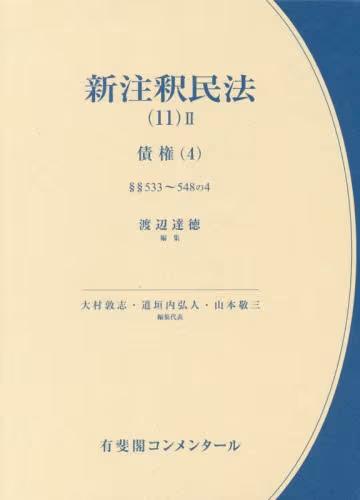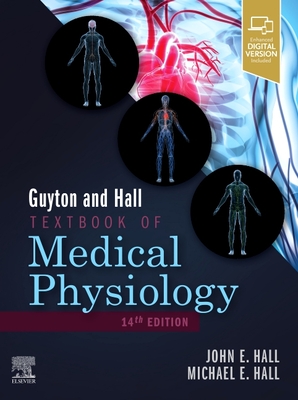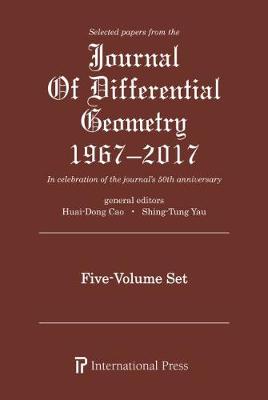
Engineering Physiology
工程心理学售 价:
¥
895.00
发货周期:预计3-5周发货
- 图书详情
- 目次
- 买家须知
- 书评(0)
- 权威书评(0)
图书简介
Engineering Physiology Bases of Human Factors/Ergonomics Third Edition How tall are people nowadays? How far can we reach? How high do we sit? How strongly can we push with a hand or foot? How does the body develop strength? What are our work capabilities? How can we measure and judge them? How can we, at the same time, make work easy and effective? Engineering Physiology, Third Edition, describes the Bases of Human Factors and Ergonomics by providing answers to these and many other questions concerning the size, build, and functioning of the human body at work. This information is presented in clear, concise language, not in the jargon of physiology, biology, or medicine; it does not require background knowledge from the reader, just interest - and it is interesting to read. This practical guide shows how the body monitors itself, how it reacts to workloads and environmental stresses such as heat or cold, humidity, and wind. Each chapter focuses on real-world applications of specific physiological knowledge in the workplace to help assure high performance with minimal effort. A wealth of information on anthropometry is also included, exploring the size and mobility of the human body and the various ways of designing for different sizes - there is no "average person." There is a thorough discussion of the architecture, functioning, and biomechanics of bones, joints, muscles, tendons, and ligaments. It becomes clear how they develop forces and torques and move the body at work or sports. Overhead work, or sitting and standing still for a long time, is fatiguing: the team of authors explains why. Our bodies prefer dynamic activities to sustained static effort: we want to move about. The book explains energy extraction from food and drink, what efforts the body is capable of, and how this depends on the cooperation of the respiratory, circulatory, and metabolic systems. It points out ways of measuring and assessing a person’s ability to work and continue working, such as the observation of breathing rate, heart beat rate, and oxygen consumption. The effects of environmental conditions (heat, cold, humidity, air movement) and of shift work (day, evening, and night work) on task performance are discussed in practical terms. There are advantages, and some drawbacks, to "compressed work weeks" and "flextime"! The third edition of Engineering Physiology has new information on body size and how to fit equipment to it. The book decribes how we develop muscle strength and transmit it along the limbs to a handle or pedal - and how to design for that application of force or torque. It explains what happens in repetitive trauma and how to avoid "carpal tunnel syndrome." What can we expect from "reengineering" the body; how can artificial joints replace worn-out hips and knees? The third edition of this successful book provides numerous ideas to human factors engineers, designers, managers, industrial hygienists, safety personnel, plant engineers and supervisors, students, and everybody else interested in ergonomics for "fitting work to the human body."
本书暂无推荐
本书暂无推荐















